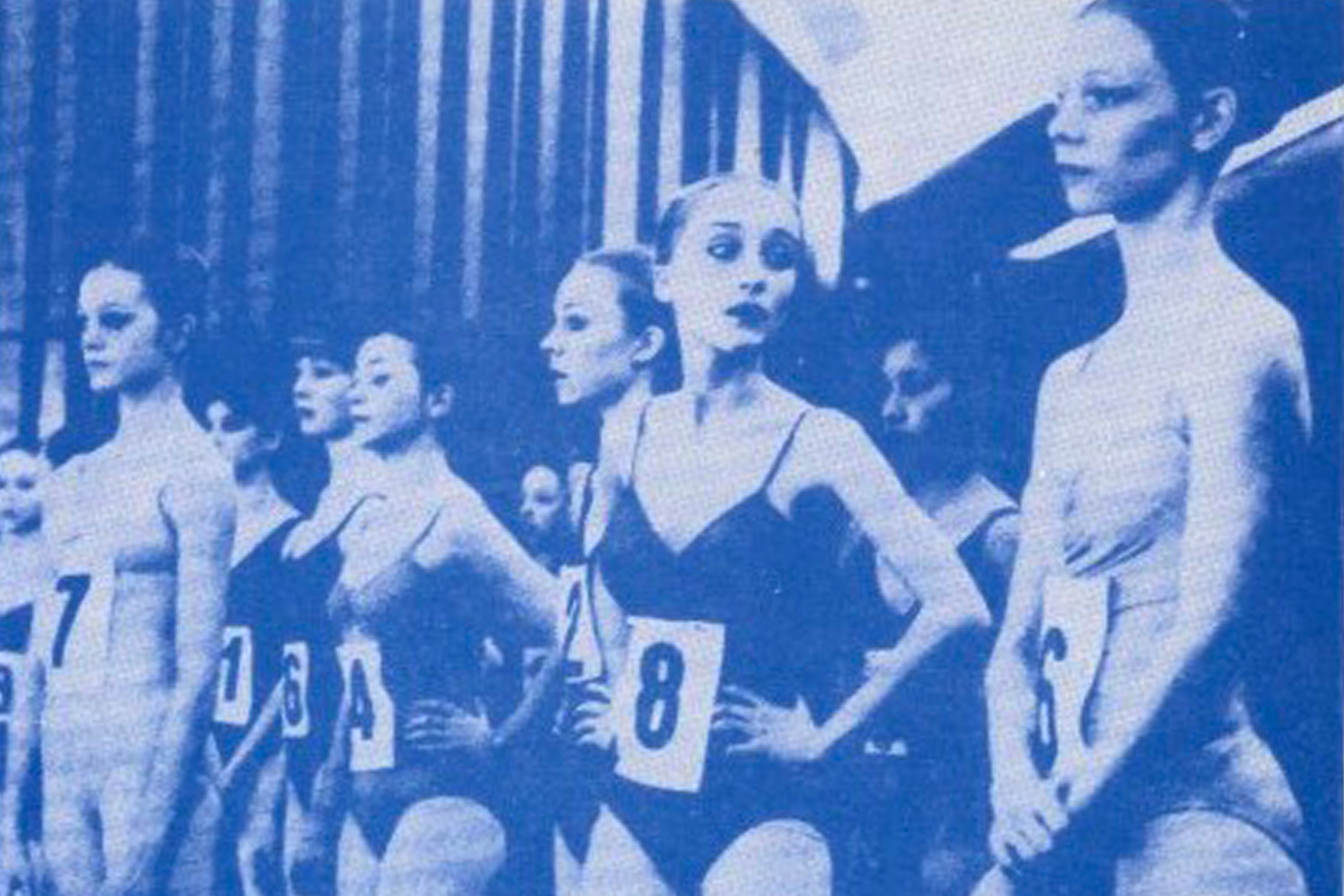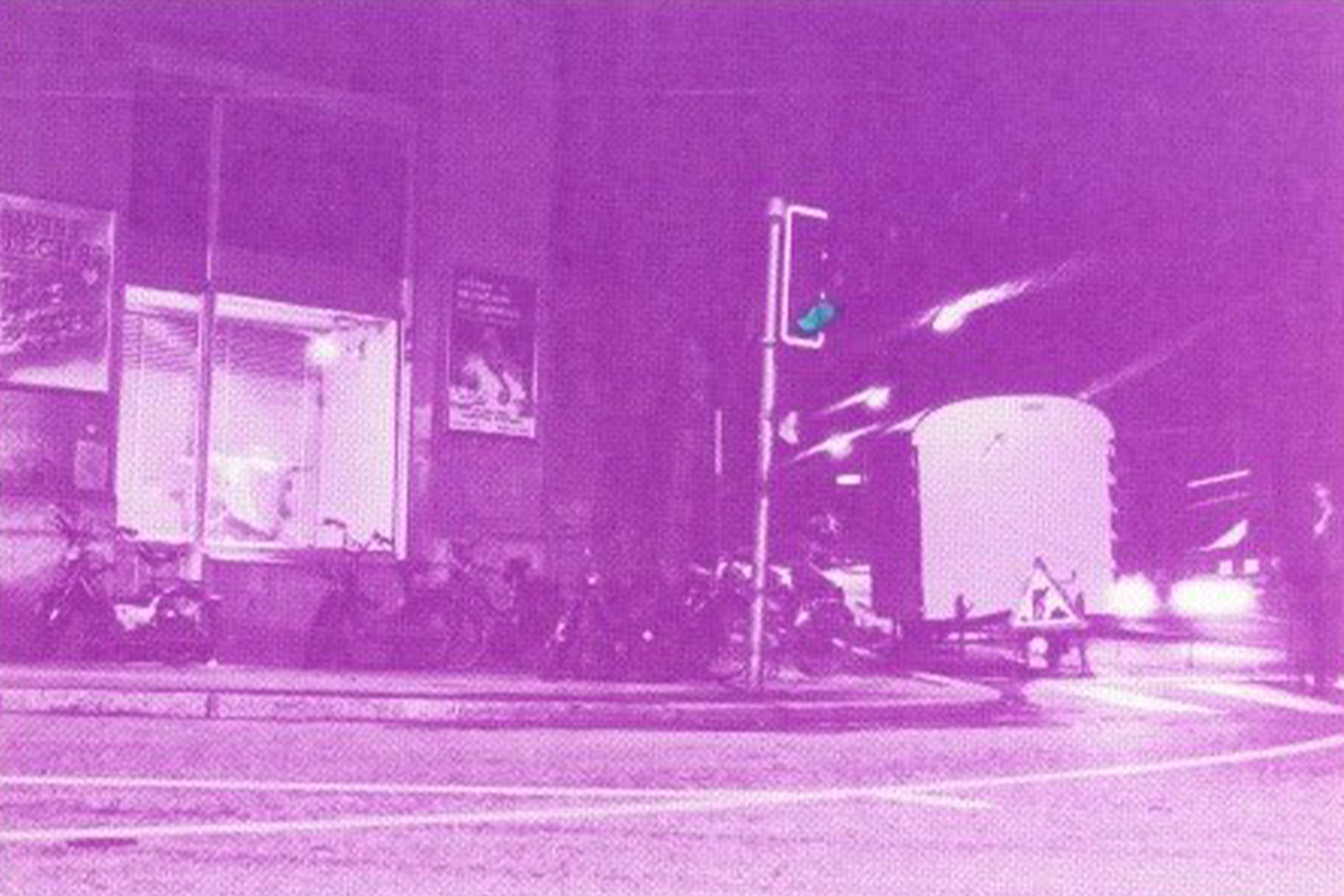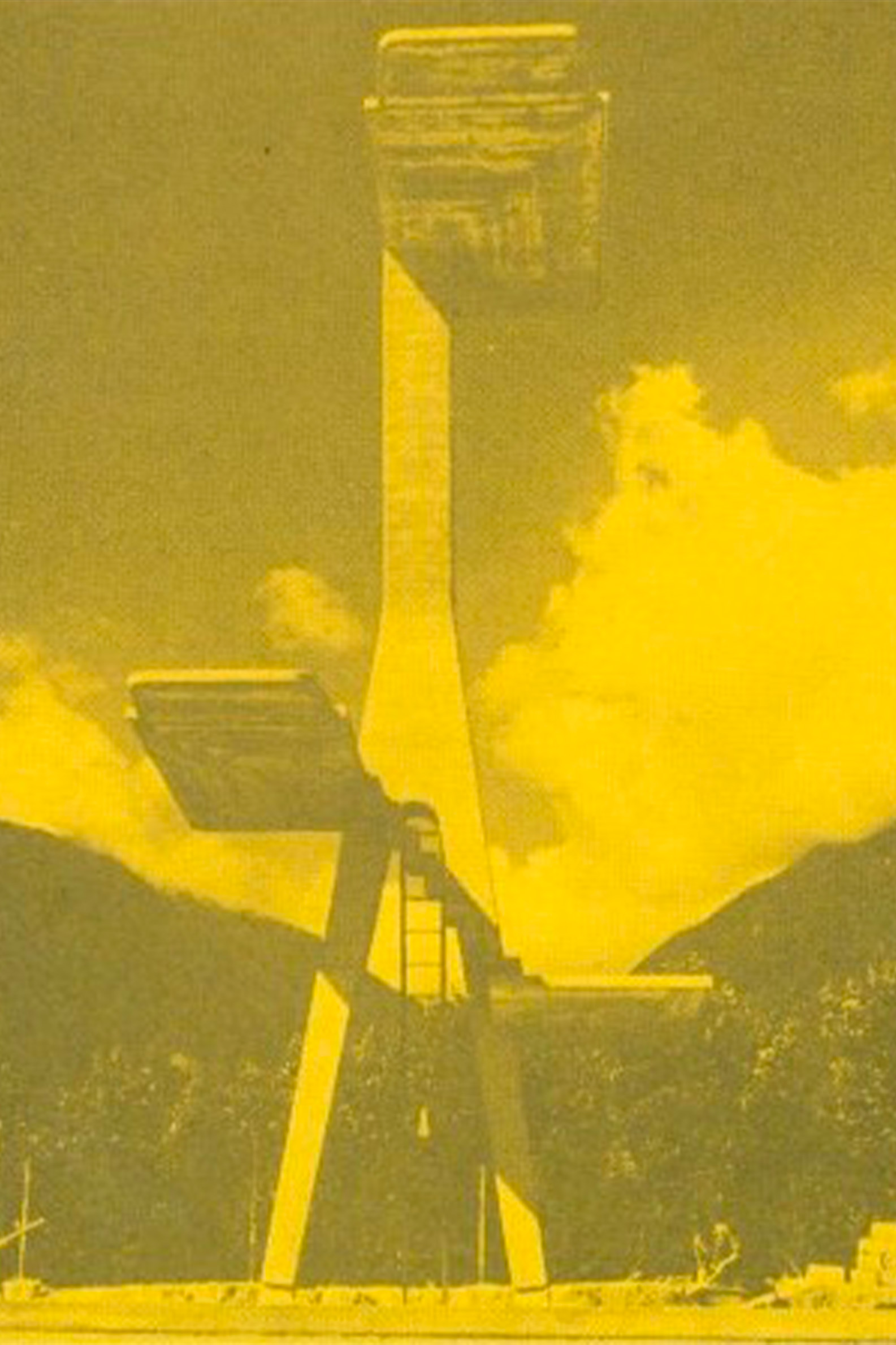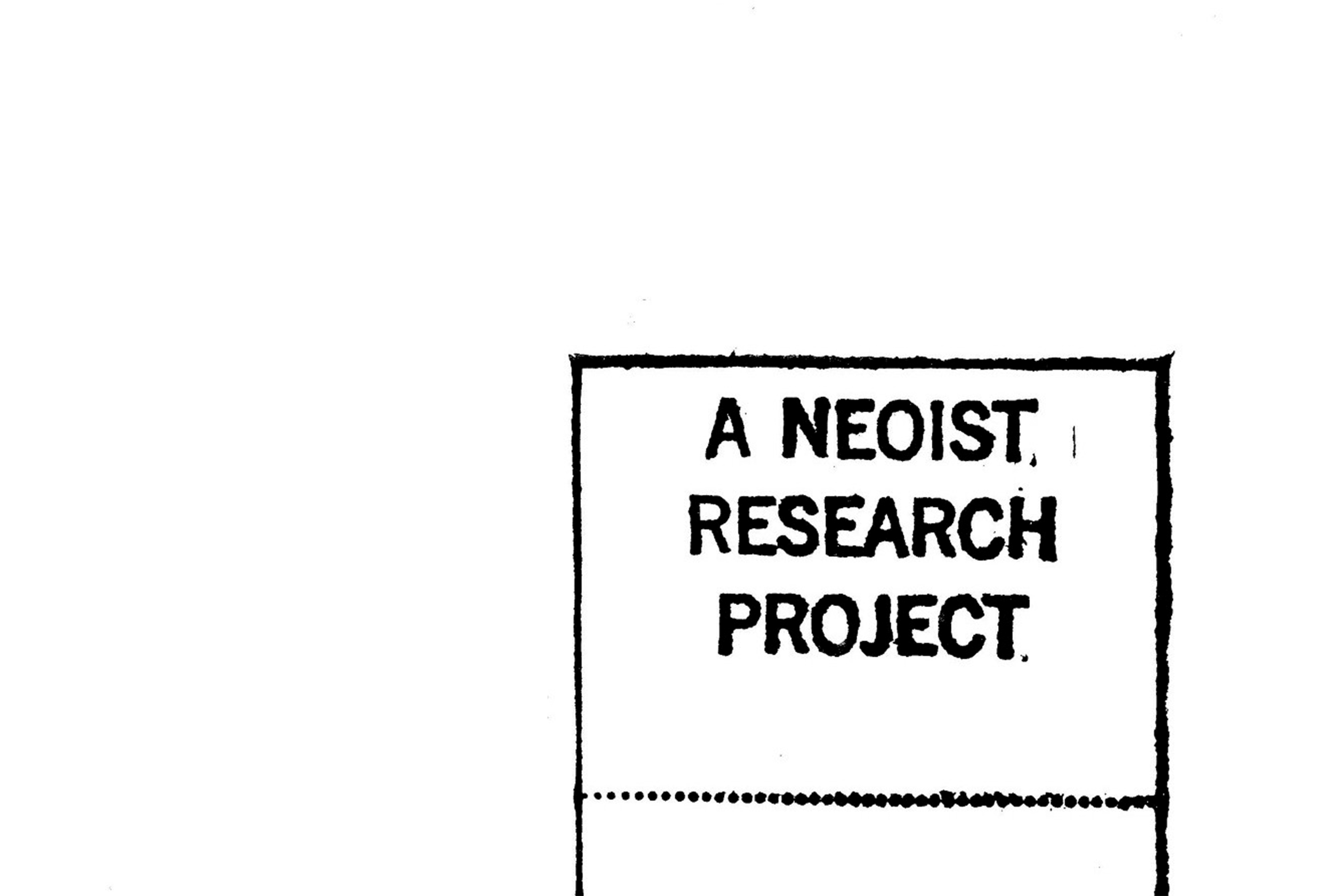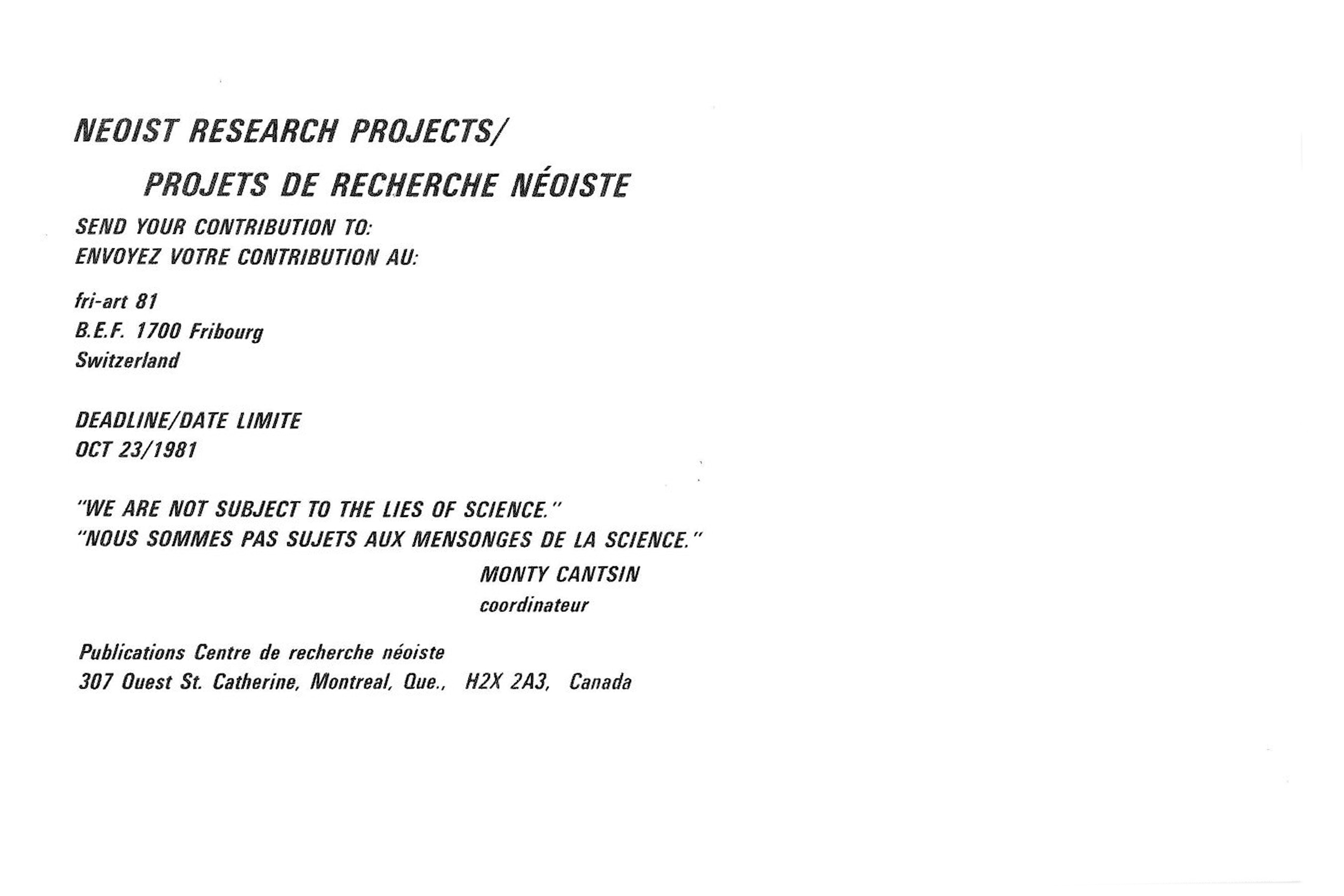1982–1984: the Fri-Art store front
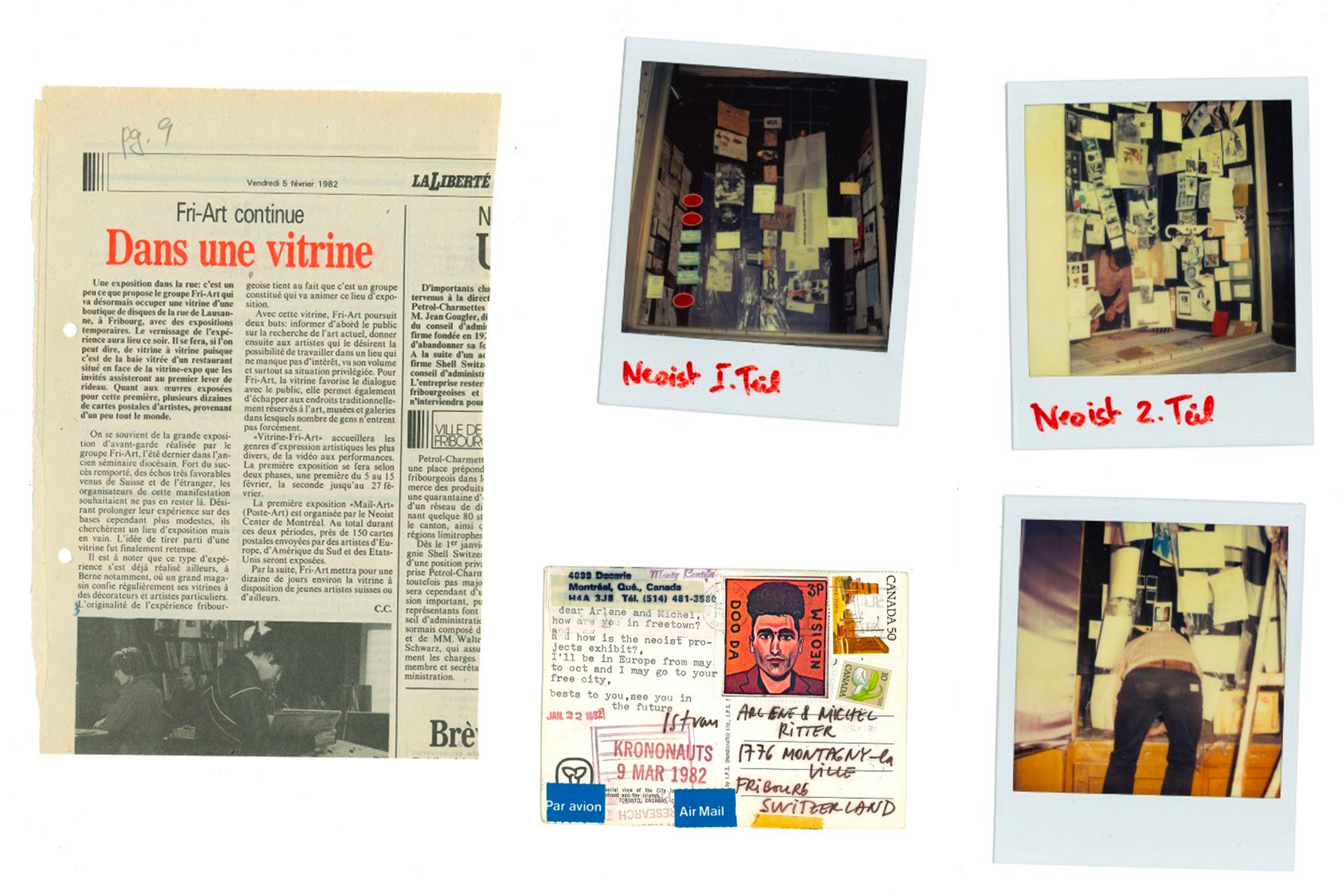
“Fri-Art to continue as a store front”, announced the weekly La Liberté on 5 February 1982. On that day, visitors met at the restaurant opposite the record store “Boutique Cosmos” to inaugurate a new Friart era.
Barely five months had passed since the demolition of the old diocesan seminary building, which had housed the in-situ exhibition of Swiss avant-garde artists in 1981. In 1982, Friart obtained a grant from the municipality, along with the go-ahead to organise temporary exhibitions in the shop window of number 24 Rue de Lausanne, in the centre of Fribourg. For the next three years, the Boutique Cosmos store front would be transformed into an exhibition space. Installations, videos, performances and very diverse works of art were shown in this novel public space, setting up a dialogue between passers-by and contemporary art, between this interface for cultural events and daily life. The objective was also to gain some distance with art’s institutional context so as to engender a contemporary art experience among a wider public. The requirement for openness and participation was also reflected in the first exhibition: as of its inauguration, almost 70 postcards of artists from Europe and North and South America were placed in the shop front. The “mail art project”, which emerged as part of the Fri-Art 81 project, was organised in two sections by the Centre Néoïste de Montréal, Canada, and coordinated by Istvan Kantor under the Neoist pseudonym Monty Cantsin.
Neoism is defined as “a way of escaping the prison of art, of constructing open-situations which permit anybody to contribute, act, react, destroy or create”. It went hand in hand with the idea propogated by Friart of creating a network that brought avant-garde artists together and proposed a public space dedicated to artistic creation. Boutique Cosmos would not remain the only exhibition store front in the town. Just in front of Fribourg station, at 20 Rue de Genève, the window of a defunct undertakers was given new life thanks to Friart. On 14 September 1984 at 6:15 pm, a group of spectators gathered on the pavement to watch a performance by Hans Jürg Gilgen. On 20 December 1984 at the same time, this five-metre square store window was filled with the coloured, illuminated smoke of a Roman Signer installation. This project urged the growing number of contemporary artists to “snout around in the depths of conservative Fribourg”, according to the turn of phrase used by Roland Frei in a letter of intent drafted “after the full moon”. In effect, Friart would work ceaselessly to undermine the foundations of the conservative conception of art, Michel Ritter being of the opinion that any artistic act was also political. While his views were not always understood, he at least provoked discussion, as with Ritter’s own shop window installation, “Speak out. Spoil your ballot”.
Text written in collaboration with Laura Lanfranchi, presented as part of the exhibition Friart est né du vide. L’esprit d’une Kunsthalle, MAHF Museoscope, 27.08 – 17.10.2021.
Translation: Jack Sims
